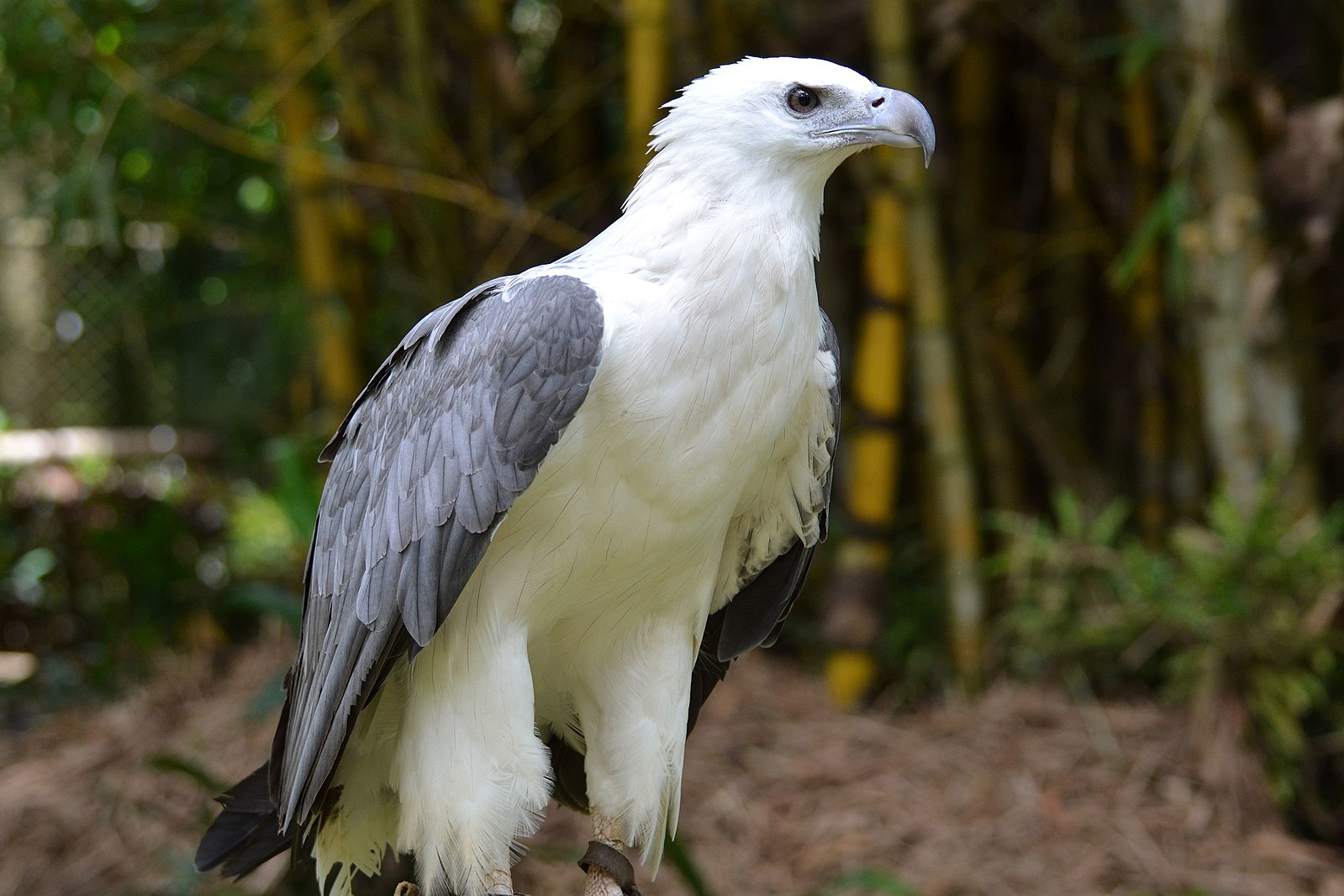White-bellied sea eagles (Haliaeetus leucogaster) are large birds of prey that primarily feed on aquatic animals, including fish, eels, crustaceans, turtles, and sea snakes. They also occasionally consume birds, such as gulls, waterfowl, and young herons, as well as mammals like grey-headed flying-foxes and short-eared rock-wallabies. These eagles are opportunistic feeders and have been known to steal food items from other birds of prey.
The Diet of White Bellied Sea Eagles
White-bellied sea eagles are carnivorous predators and do not consume plants as part of their diet. Their diet consists primarily of:
- Fish: They are skilled hunters and can spot fish from great distances, diving into the water to catch them.
- Eels: These slippery creatures are a common prey item for white-bellied sea eagles.
- Crustaceans: They will hunt and consume crabs, shrimp, and other crustaceans.
- Turtles: These reptiles are a significant part of the white-bellied sea eagle’s diet.
- Sea Snakes: These venomous snakes are also hunted and consumed by these birds of prey.
- Birds: Gulls, waterfowl, and young herons are occasionally targeted by white-bellied sea eagles.
- Mammals: Grey-headed flying-foxes and short-eared rock-wallabies are sometimes preyed upon.
Hunting Techniques of White Bellied Sea Eagles
 Image source: bellied sea eagle by shankar s
Image source: bellied sea eagle by shankar s
White-bellied sea eagles are skilled hunters with exceptional eyesight and powerful talons. They employ various techniques to capture their prey:
- Soaring and Scanning: These eagles spend a significant amount of time soaring high above the water, scanning the surface for potential prey.
- Diving: When they spot a suitable target, they will dive from the sky, sometimes plunging into the water to catch fish or other aquatic animals.
- Perching and Waiting: They also wait patiently on a perch, such as a tree or rock, and swoop down to capture prey that comes within reach.
- Stealing: White-bellied sea eagles are known to steal food from other birds of prey, such as ospreys, by chasing and harassing them until they drop their catch.
Importance of White Bellied Sea Eagles in the Ecosystem
White-bellied sea eagles play a crucial role in the ecosystem as apex predators. They help to:
- Control Prey Populations: By preying on various species of fish, birds, mammals, and reptiles, they help to maintain a balance in the ecosystem.
- Transfer Nutrients: These eagles often capture their prey in the water and carry it to land, transferring nutrients from the marine system to the terrestrial system.
- Indicate Ecosystem Health: The presence and abundance of white-bellied sea eagles can be used as an indicator of the overall health of the ecosystem, as they are sensitive to environmental changes.
Conservation Status of White Bellied Sea Eagles
White-bellied sea eagles are not currently listed as endangered, but their populations are threatened by various factors, including:
- Habitat Loss: Deforestation, coastal development, and human disturbance can lead to the loss of nesting and foraging habitats for these birds.
- Pollution: Contamination of waterways and the marine environment can impact the availability and health of their prey.
- Hunting and Persecution: In some regions, these birds are hunted or persecuted due to perceived threats to livestock or fisheries.
Conservation efforts, such as habitat protection, pollution control, and public education, are crucial to ensuring the long-term survival of white-bellied sea eagles.
Conclusion
In conclusion, white-bellied sea eagles are strictly carnivorous predators and do not consume plants as part of their diet. Their diet consists primarily of aquatic animals, with occasional consumption of birds and mammals. These apex predators play a vital role in maintaining the balance of their ecosystem, and their conservation is essential to protect the overall health of the environment.

